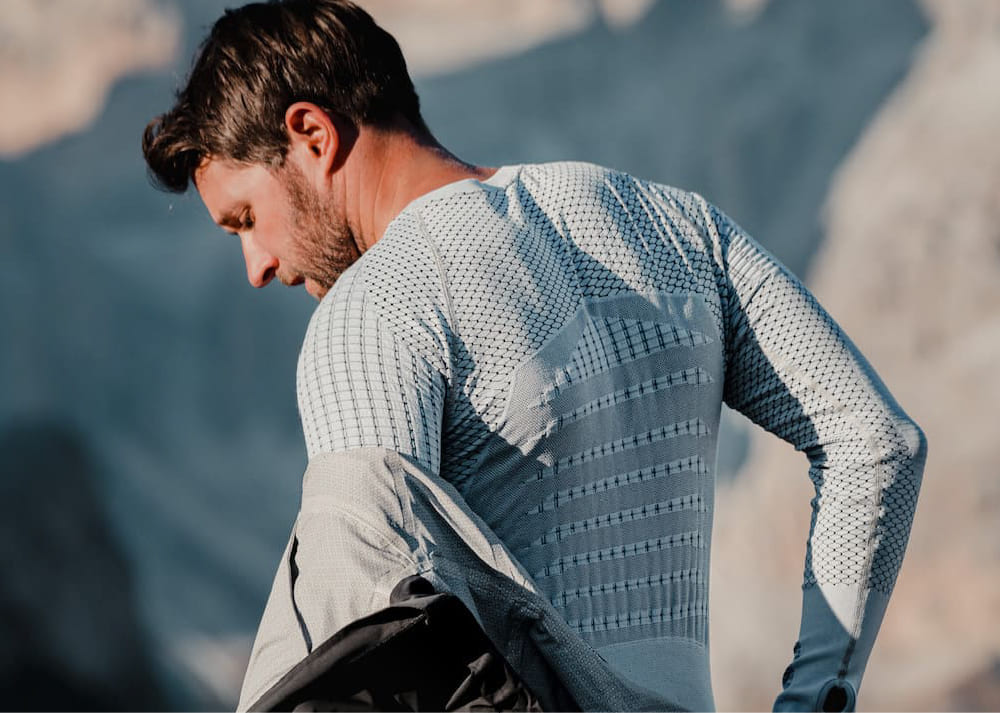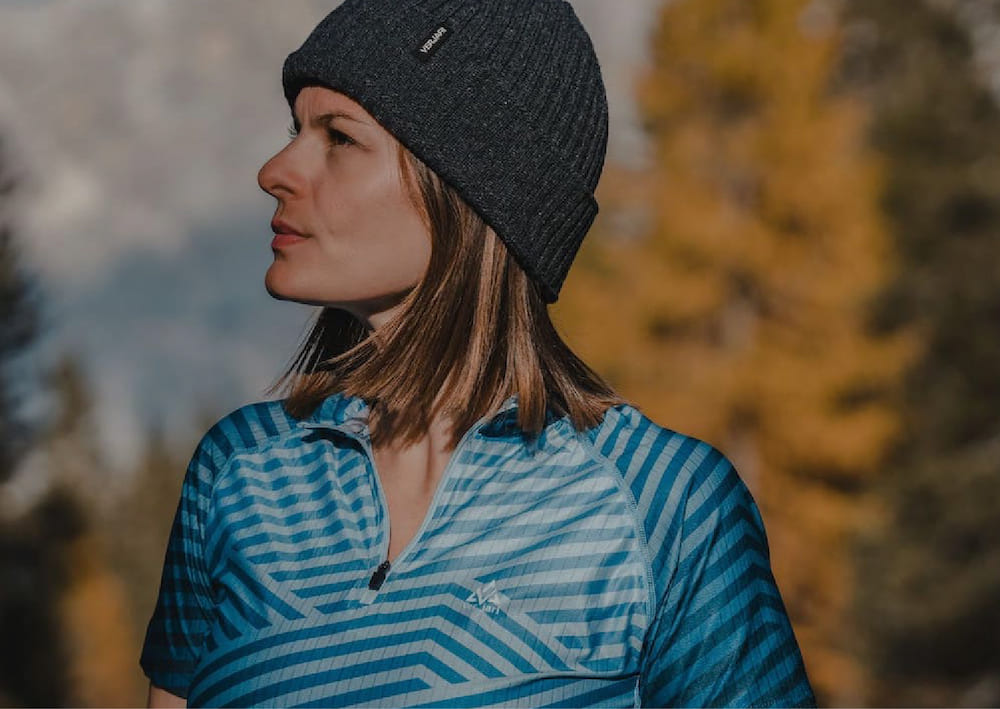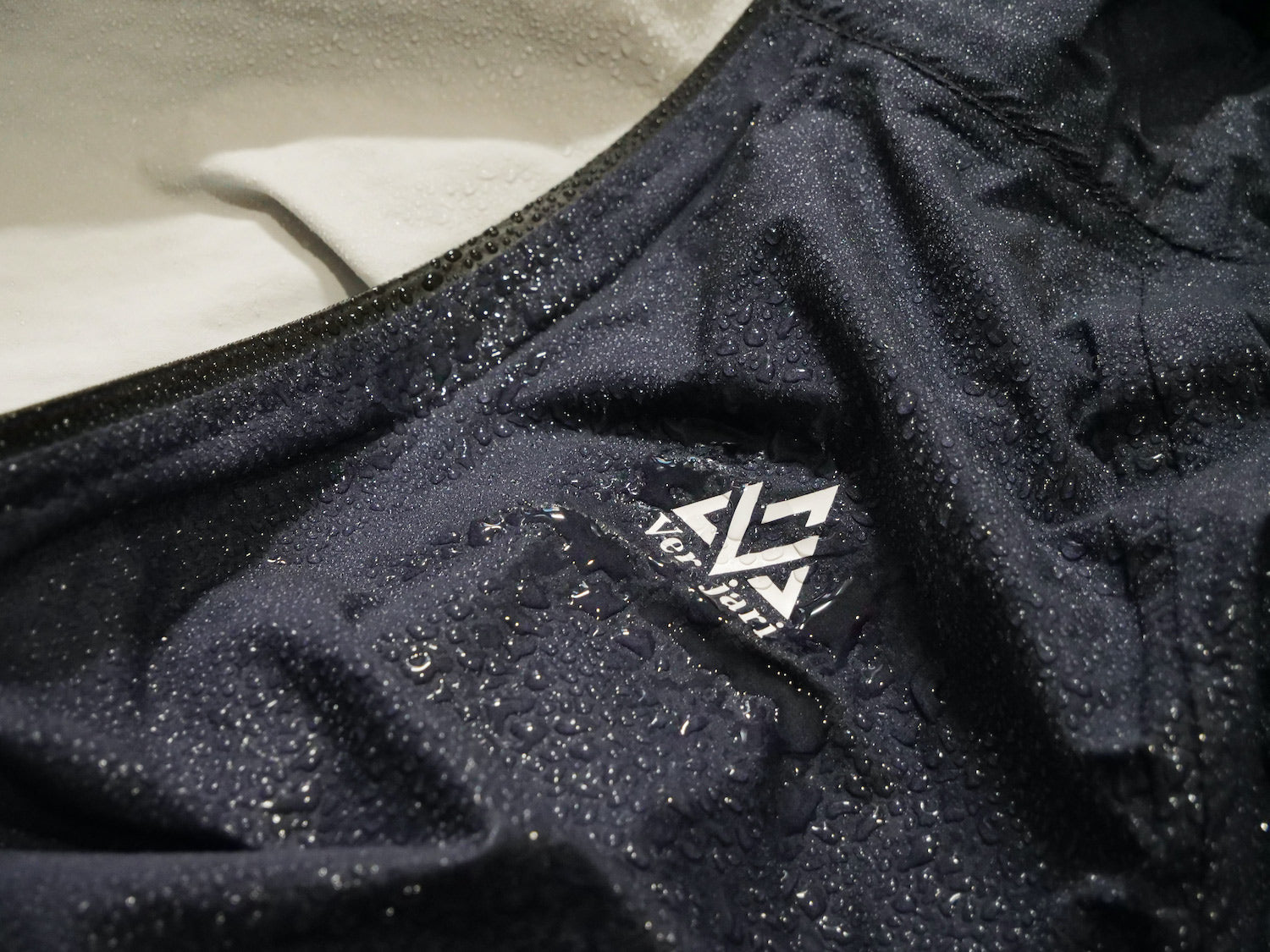With the onset of fall and winter, the rain is back and conditions are not as good for training. However, there are some fundamentals in the rain that will make you run more comfortable.
Here are 7 tips for running under the rain:
1. Cap / headband / hood
The cap protects the head and especially the vision with the tingling in the eyes due to the sweat with the rain. If you wear glasses, the cap is generally preferred to better protect the glasses.
Many runners also adopt the lightweight beanie or headband solution. For stinging eyes, a band around the wrist can help to mop effectively and quickly. Verjari waterproof beanies are ideal for cold temperatures.
If you have a hood, make sure that it accommodates movement well and, more importantly, that it has a protective visor.
2. Upper body equipment
If the outside temperature is low, the 3-layer system remains fundamental: 1st breathable layer, 2nd insulating layer, 3rd protective layer. It will allow you to be both protected from water by the outer layer, to have perspiration wicking through the inner layer, and protection from the cold by the middle layer.
If the temperature is high enough and does not allow the 3 layers, remove the insulating layer (2nd layer).
If you have decided to go all-in, take everything off and run in a t-shirt straight away, be careful that by soaking up water, the t-shirt may cause irritation to the nipples, especially in long trail or marathon. Protect them with tape.
Also in this case, pack something that you can throw away to protect yourself from the rain before departure.
Finally for the ends, consider light and breathable waterproof gloves like the Verjari waterproof gloves.
3. Leg equipment
For the lower body in the rain, we recommend a rather loose garment. In fact, tight garments will soak up water and cool the muscles and then yourself at the same time.
The water will therefore be better evacuated with a loose garment and will better protect you from the cold. Some people also apply some oil to their legs to increase the water repellency on the skin.
Another option: waterproof pants, but same problem : be careful if it's not breathable, it can lead to the same result.
4. Waterproof socks
We obviously recommend the Verjari waterproof socks.
Both waterproof, breathable and windproof, they are designed specifically for this type of conditions.
5. Shoes
Rain obviously accelerates attrition. If you have an old pair of shoes, use them for the rain. At the end of your run, remove the sole and dry them, preferably in a dry place rather than on a radiator to avoid deformation.
6. Protection of electrical devices
Opt for a waterproof armband. Consider a jacket with waterproof pockets.
7. After the race
Quickly remove all your clothes, and go to the shower without delay. Although running in the rain is fun, don't risk being sick!







